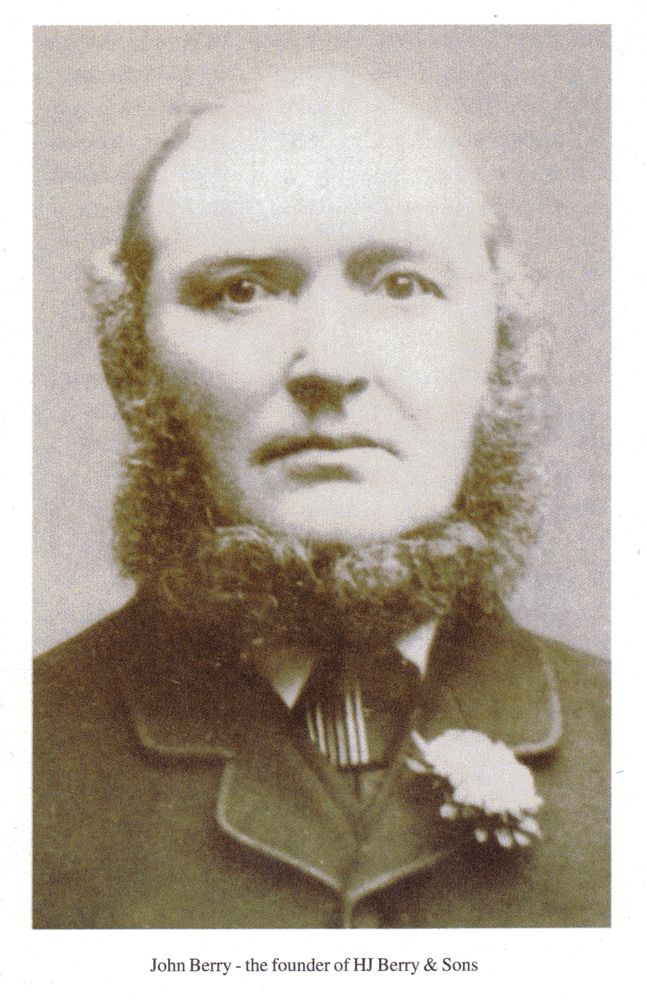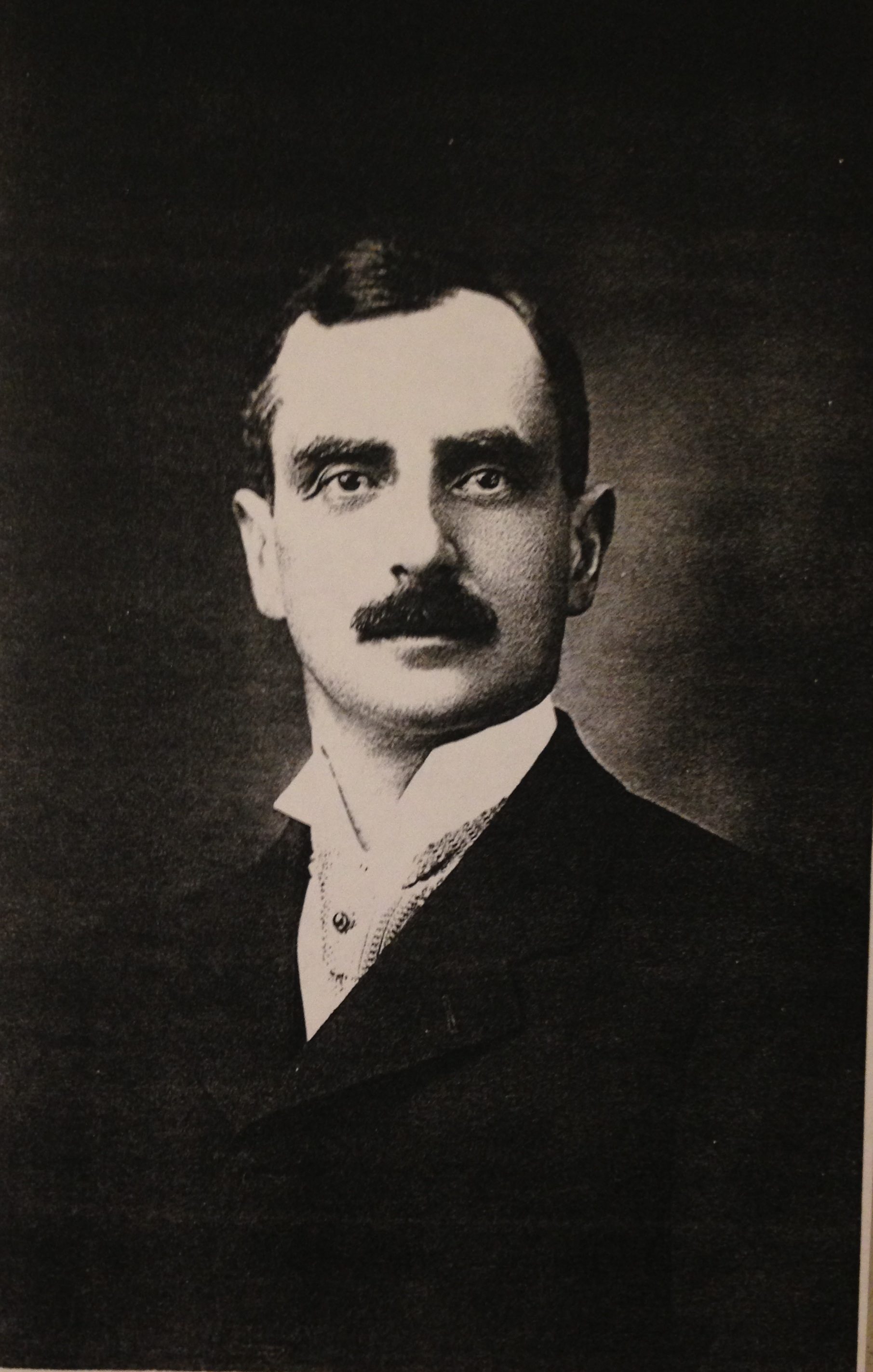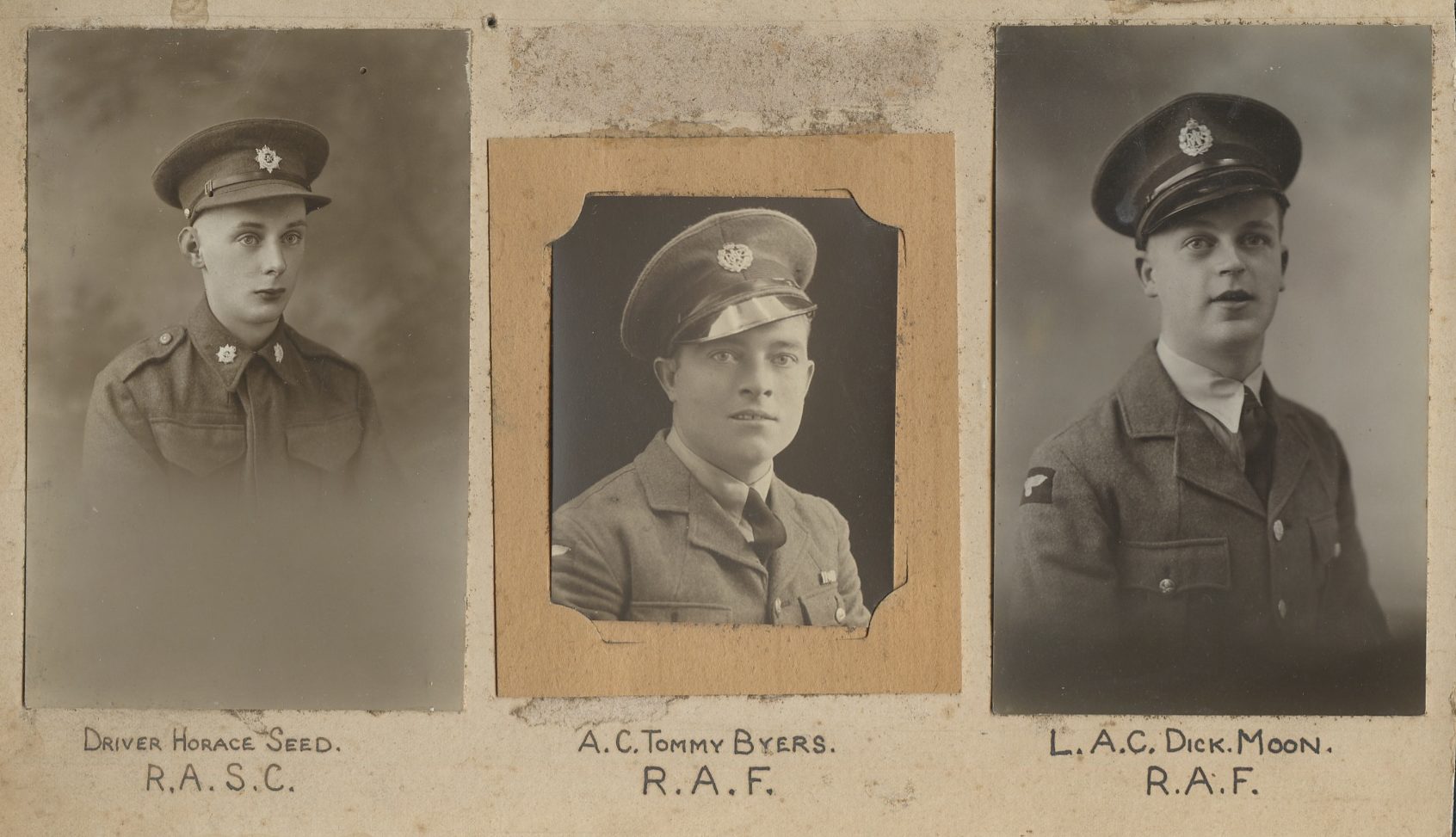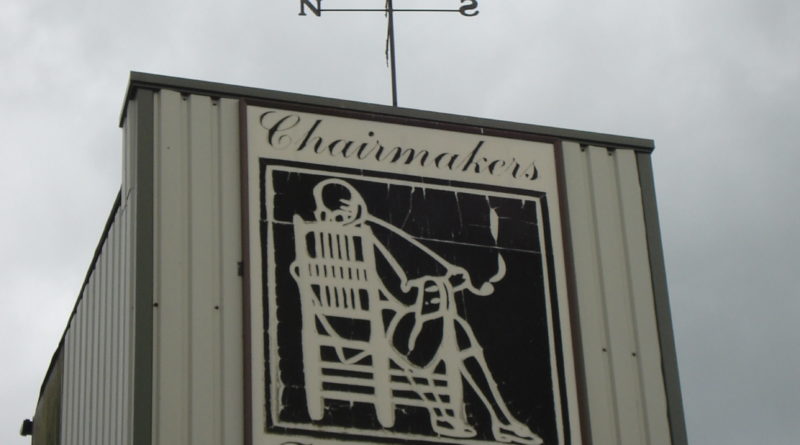Berry’s Chairworks
Chairmaking in Chipping
In the sixteenth century, Chipping was already a place of industry, where carpenters would make chairs and do general repairs and cotton-spinning and weaving were already domestic activities. These activities continued: cotton-spinning developed as a factory-based industry at Kirk Mill and once that came to an end, chairmaking became more established.

In 1858, John Berry was married and living in Grove Row, Chipping, where his son, Henry James was born in 1866. By 1870, the cotton-spinning business had ceased to operate and John Berry, along with other carpenters and chairmakers, started working out of the vacant Kirk Mill, which was under the ownership of Thomas Marsland. For the first time, the mill was being used for chairmaking, with James Parkinson and John Robinson working from the Old Mill in competition with each other. The mill also housed George Hodkinson who was now a brush stock maker and James Bond who used part of it as a small brass foundry. (Crainer, 1984)
Thomas Marsland developed the site in 1871 to convert the warehouse and stables into cottages in what is now Grove Square. At this time Chipping was a real hub of industrial activity, with [other mills]. The Berry family have a tradition they set up first at “Saunder Rake” having been earlier at a turning mill lower down the brook south of the village. It is possible they used the empty Saunder Rake mill, but that building was soon taken over for a foundry.
1871, 15th Feb
“A Sad Circular Saw Accident at Chipping: On Friday morning, a shocking accident occurred to Mr. John Berry, chair manufacturer, Chipping, which had resulted in the loss of his left arm. It appears that Mr. Berry has recently fitted a circular saw in one of the rooms of Mr Tweedie’s foundry at Saunder Rake, the motion power being a large water-wheel. About half past 10 on the morning named, the unfortunate man was cross cutting a log of timber when by some means, his foot slipped and in falling forward, his left arm came in contact with the revolving saw, almost severing the limb above the wrist and lacerating the arm in a frightful manner. Medical aid was at once procured and Dr Pratchett, having despatched a messenger for Dr Moore of Preston, amputation just below the elbow was performed, not before, however, the sufferer had lost a great quantity of blood. After the operation, the patient seemed very weak and considerable fears are entertained for his recovery.” – quoted in Riding Smyth, 1996, p.52
From Saunder Rake, John Berry soon started working as a chairmaker out of Kirk Mill and records suggest that by 1881, he was in charge of a small workforce there. By now, John Berry is thought to ‘own’ Kirk Mill and some of the family was living in Kirk House. The chairmaking business was growing from strength to strength, with the Berry’s developing a competitive business, capable of adapting to change.
John Berry also became landlord of the Sun Inn where, recounts his great, great grandson, Andrew Berry, he would “pay his workers with one hand and take it back with the same hand!”

By 1890, however, Henry James – HJ – Berry was clearly running the chairmaking business as well as the Sun Inn and running a farm from the Kirk Mill property, keeping cows and pigs as well as horses, which were used for transporting wood to the chairworks.
John Berry died in August, 1899 and HJ became owner of the chairworks.
Berry’s Chairworks
It wasn’t until 1902, however, that Berry’s actually owned the Kirk Mill site when it was put up for sale [by the Marslands?]
1902, 13th September Sale of Kirk Mill to HJ Berry:
CHIPPING PROPERTY ON THE MARKET: Messrs JB Jones & Son offered for sale by auction in the Commercial Sale Rooms, Preston, this afternoon, Kirk Mill Factory, Chipping – to which is attached a large reservoir and powerful waterwheel – together with three cottages, shop and dwelling house, large stone-fronted dwelling house, farmhouse, outbuildings, warehouses, grounds, gardens and land, containing altogether about 17a 2r 16p or thereabouts. There was a good attendance and after spirited bidding the property was knocked down for £2,355. Messrs Buck and Dicksons of Preston were the solicitors for the vendor. – Preston Guardian
The company was now known as HJ Berry & Sons and continued to grow as a successful business. Throughout the history of Berry’s Chairworks, it is clear that it was important to the family to keep moving with the times: the first telephone was installed, with number of Chipping 6 in 1920. And by now, the workforce was up to 20 workers, who were working a 55-hour week. 1923 saw the arrival of electricity at Kirk Mill, which was generated by the 32-foot water wheel. The rest of Chipping wouldn’t get electricity for another 10 years.
According to Stuart Crainer, a crude oil engine was installed to supplement the power from the water wheel in 1931, which was unable to keep up with the growth of the company. There were now 50 people employed at the chairworks, which was producing upwards of 200 chairs a week by 1933. Each worker was now specialized in a specific area of chairmaking. By 1939, that workforce had expanded to 140 and people were coming to work there from Longridge and the surrounding area.
The Second World War and after
With the outbreak of war, timber was rationed, output was monitored and the workforce reduced to 50 men and women. By the summer of 1940, 30 Berry’s men had signed up. Their portraits were hung on the walls of the mill on a special board headed “Our Stalwarts”. That year, HJ died and his son, John took over.

It was during the war that the water wheel stopped being used and, in order for the company to comply with fire regulations, the top part of the wheel was cut out by Raymond Freeman to allow for easier access to the second floor. Wartime also brought with it the tragedy of Harold Berry’s death. Harold, John Berry’s eldest son, was drowned in Chipping Brook trying to save a plank of wood during a storm.
The end of the war, however, brought with a period of rapid growth: the workforce quickly grew to 98 by 1946 and while the chairmaking machinery was now quite out of date, between 400 and 500 chairs were being made a day. The wartime restrictions had been lifted by 1948 and Berry’s was contracted to produce thousands of ‘utility’ chairs, NAAFI furniture, known locally as ‘crackerjacks’.
This growth was reflected in HJ Berry and Sons becoming a limited company in 1947 and plans were laid for an extensive New Mill to be built on the land next to Grove House. This was finalized by 1949.
Modernisation
With this expansion came rapid modernization of equipment. Automats were introduced: new polishing equipment in the 1950s, automated turning machines and sanding machines. A new loading bay was added in 1959, a turners section in 1962 and a polish room chair store in 1964. The company was turning out 850 chairs a day and John Berry sent his son Jack to Austria and America to drum up further business abroad. By 1974, the company was big and confident enough to buy out Wilkinson’s woodturning business in Forton. By now, Jack had taken over with the death of his father in 1966.
Downturn
The recession of the 1980s affected Berry’s badly and while things did pick up in the mid 1980s, the company was on a downward spiral. With competition from abroad, stringent health and safety regulations, rising costs and reduced demand, the company started to reduce the workforce. Berry’s chairworks finally closed in 2010
